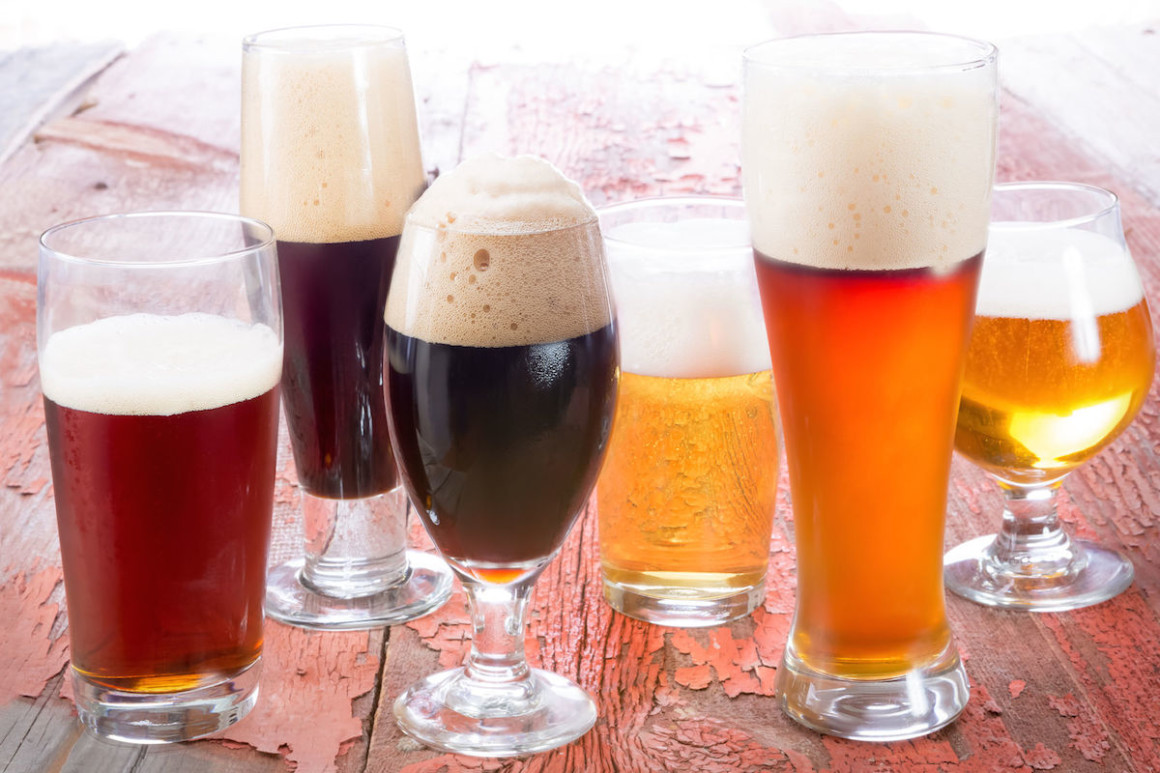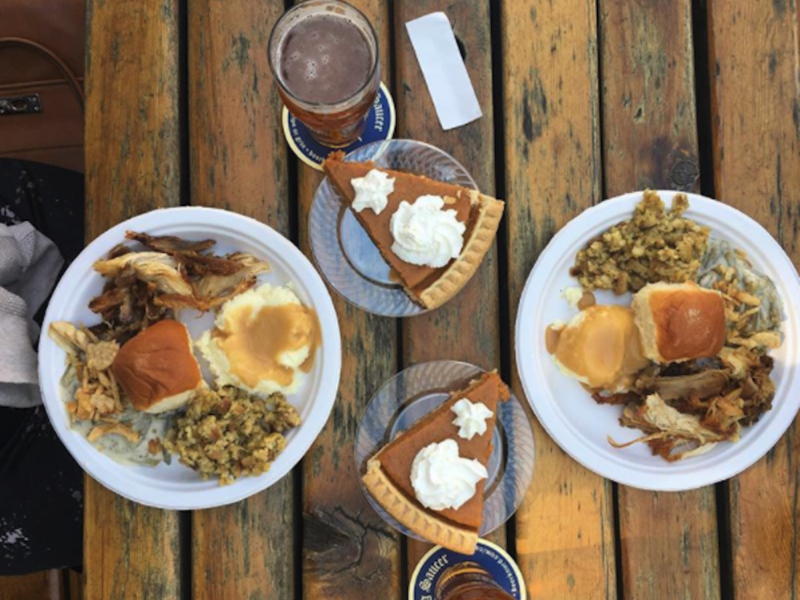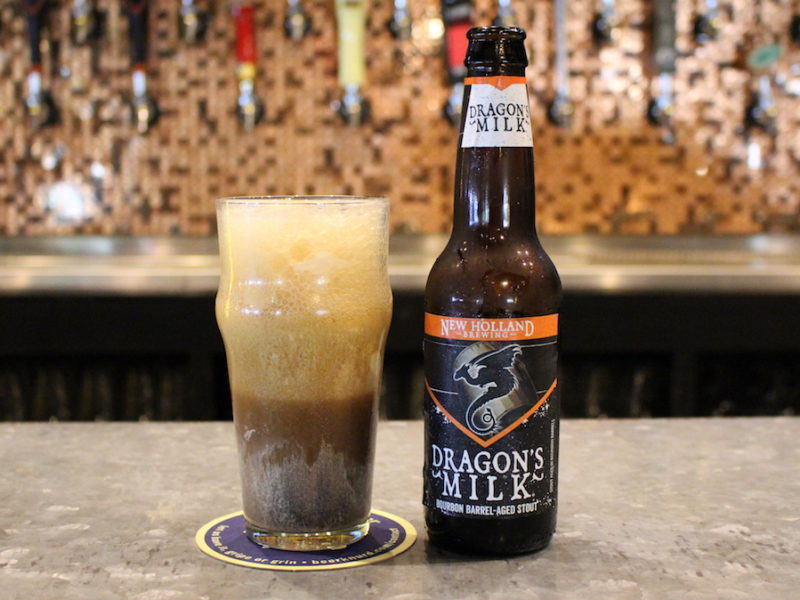Tankard, schooner, shaker: common beer glasses you’ll encounter. They may sound like novelties or like simple ways for breweries and bars to advertise themselves, but those odd-shaped vessels really do have an effect on the quality and taste of the beer they contain. But how? And which beers are best served in which glasses and mugs? As it turns out, the answers have to do with more than your taste buds.
First, never discount the power of presentation. If you’ve brewed an exceptional beer, you want to show off its rich hues, its clarity and glow and otherwise whet a drinker’s thirst by maximizing the beer’s visual appeal. Long, tapering glasses such as the Pilsner (almost the ice cream cone of beer glasses) and the Weizen are intimately associated with those beer styles for precisely this reason. Even the common pint glass — as anyone who has ever enjoyed the distinctive creaminess of a nitro stout on draught can attest — complements a good pour like nothing else.
Secondly, different styles of beer glasses promote different varieties of head formation. Again, the goal here is, in part, the creation of an attractive display. But consider what the head on a beer accomplishes at a chemical level. Each individual beer, like each individual glass of wine or cup of coffee, is a beverage whose flavor is defined by its so-called “volatile compounds.” Fruity esters, hop essences, special additives and even the alcohol in the beer itself begin to evaporate as soon as the beer leaves its bottle (or keg) and enters your glass. The head on a beer actually serves to capture these compounds before they dissipate entirely. As a result, the head on a beer assures that the beer also retains its aroma. And, as neurogastronomists in the past decade have repeatedly demonstrated, the nose (in fact, the entire olfactory system) plays a huge role in making foods taste the way they do.
Thirdly, different styles of beer glasses help to regulate the optimum temperature for certain styles of beer. As the beer we poured in the previous paragraph sits and its temperature rises, the distinct character and intensity of its volatile compounds continues to change. Beers that should be served chilled to slightly chilled, and should stay that way as long as possible, therefore, might arrive in stemmed glasses: flutes (think champagne), tulips or snifters (think brandy). As drinkers grab, raise and lower their glasses using the stem, heat is not transferred from the hand to the glass surrounding the beer itself. Mugs accomplish a similar feat, but their design is overall more concerned with volume than with degrees Fahrenheit.
Finally, the mouths of different beer glasses encourage different rates of consumption. Some beers are best appreciated a sip at a time, and most advantageously register their flavors near the front of the mouth rather than at the back of the throat. Hence narrow-rimmed glasses such as the German stange (literally, “rod”) and the Pilsner glass, with its hourglass-like silhouette, are associated with lighter, sweeter, more delicate beers. Meanwhile, strong ales that feature more dark roast and bitter notes require bigger mouthfuls, and the wider rims of the chalice, goblet (a chalice made of thicker glass) and tulip — or, if you’re in Scotland, thistle. These bulbous glasses also have the added benefit of allowing drinkers to swirl their contents, effectively stirring up and further releasing those ever-important volatile compounds.
Tradition may dictate that, say, a good bock never, ever be served in anything other than a Pilsner glass, and fashion may assert that a good English barleywine really belongs in a chardonnay glass. However, custom and personal preferences aside, no one beer glass is perfect for every variety of beer you could ever hope to sample. If you’re looking to build your own personal collection of beer glasses, both for your own delectation and for entertaining fellow beer lovers, lay a solid foundation with the following glasses:
- Pints, a mix of American (straight) and English Imperial (this style swells near the top and then tapers to produce a distinctive lip). Both styles are well suited for serving ales and lagers of the most popular varieties, from saisons to stouts. Both pints hold standard amounts: the American, 16 ounces; the Imperial, 20 ounces. And both stack nicely for easy storage.
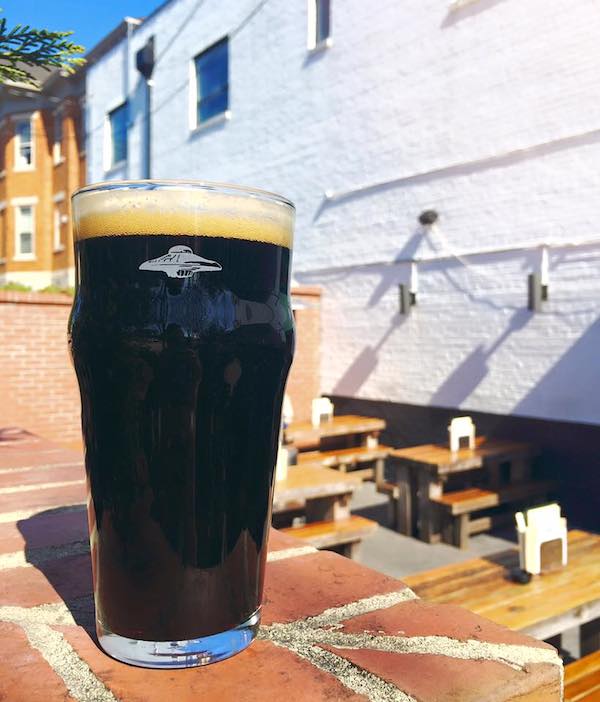
English Imperial Pint Glass with its distinctive lip.
Image Credit: Flying Saucer Raleigh - Pilsners. Some fine lagers really want to sparkle. Pilsners are the ideal serving option for light beers, and their slender form encourages the kind of effervescence that brings out the golden, malty qualities of these beers.
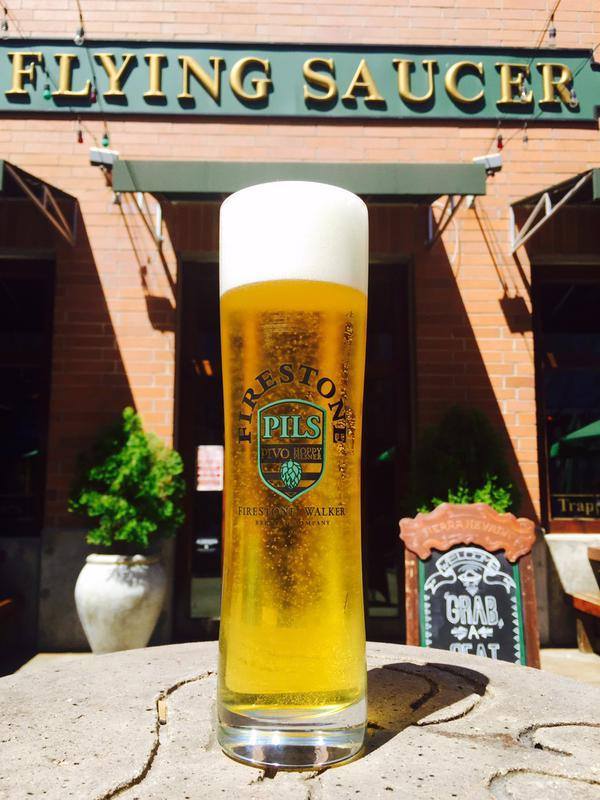
Special Pilsner glass filled with refreshing Firestone Pils.
Image Credit: Flying Saucer Addison - Goblets/chalices. A “go-to” glass for ales with complex profiles, from Trappist dubbels to Imperial IPAs. You can still productively agitate a beer in a goblet or chalice, and its design lets drinkers really appreciate a strong head and all the flavor information it contains. Decorative rims on these glasses are entirely optional; silver or gold, these rings do nothing either to contribute or to detract from the taste of the beer itself.
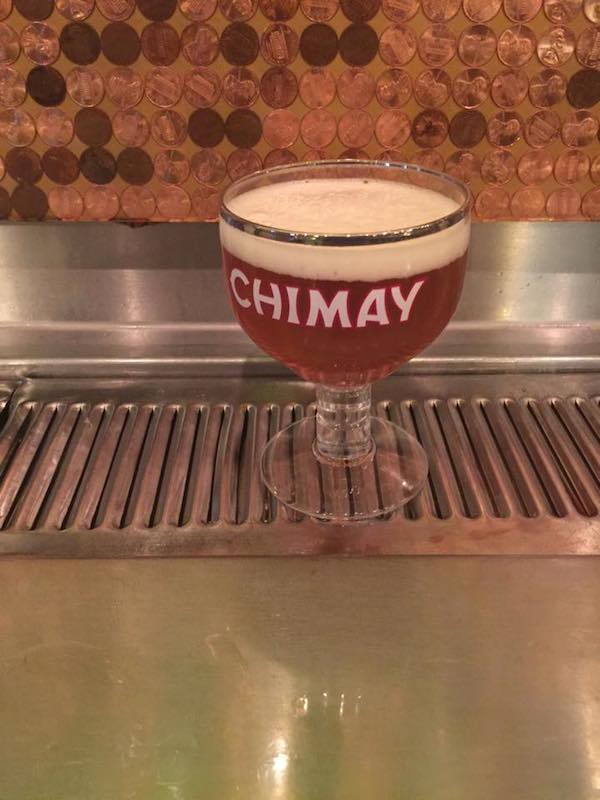
A Goblet’s wide mouth accentuates the aromas and flavors of beers such as this beautiful Chimay.
Image Credit: Flying Saucer Little Rock - Mugs. Like the pint, the mug is a versatile beer receptacle. They also come in a number of different sizes. And, while its storage may demand more real estate, the mug has a ceremonial flair. A toast made with mugs sounds (and drinks) exceptional.
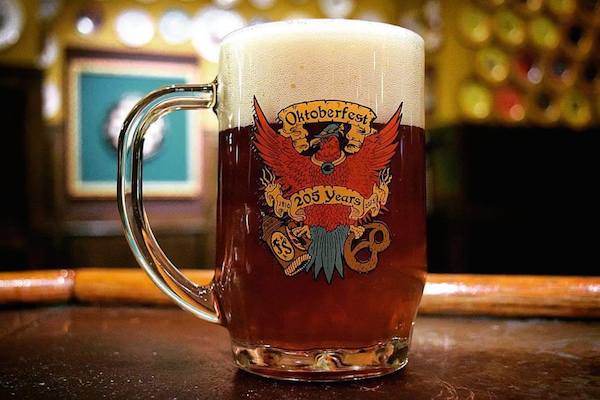
A ceremonial Mug is what you need when celebrating with large quantities of beer, such as Oktoberfests.
Image Credit: Flying Saucer Houston
- Snifters. The snifter — a piece of glassware most associated with the leisurely consumption of brandies and cognacs — is another glass that’s great for entertaining. And, like the goblet, the stemmed snifter encourages imbibers to give their beer stir a quick twirl in order to activate its volatiles. (Unlike the goblet, however, the snifter is narrower at its mouth than its base to allow for aromas to be trapped and focused.) The snifter is especially suited for the presentation of specialty beers: barrel-aged stouts, quads, sour Flemish red ales and more.

Give your dark, dense stouts and quads a twirl in a Snifter to release aromas and flavors.
Image Credit: Flying Saucer Cordova - Wine glass. Some of you probably have big question marks floating over your head right now, but many of you are nodding in agreement. Wine glasses are excellent vessels to transfer aromas and flavors. The shape helps hold the nose and all the intricacies you love about craft beer. Plus, the handle is great. Feel free to enjoy any beer in a wine glass, especially those with intriguing flavors like Belgians, IPAs, wilds, stouts—anything.
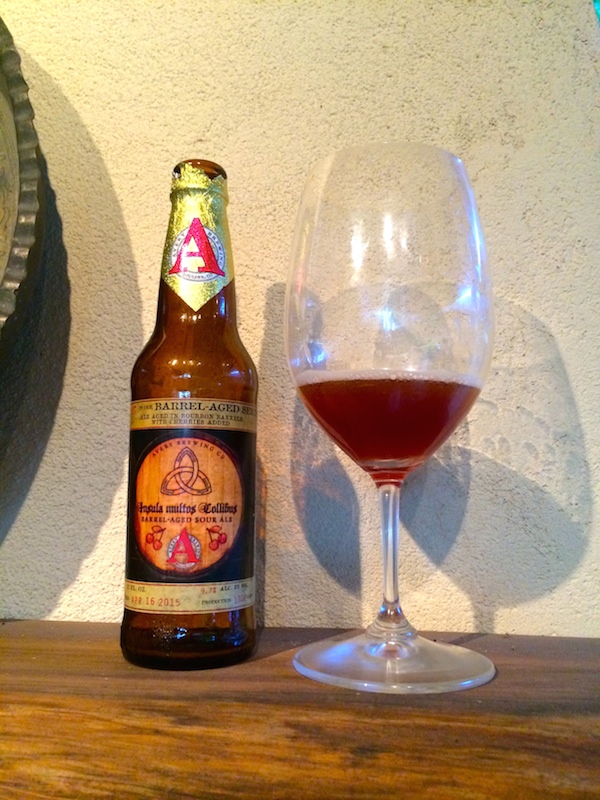
Everything a Wine Glass does for wine, it can also do for your beer.
Image Credit: Captain Keith
What’s in your cupboards? Ever experienced a beer tasting revelation — or survived a beer tasting nightmare — due to glassware choice? Join the conversation in the comments below and at your local Flying Saucer, where we always know the right glass for the right pour.

